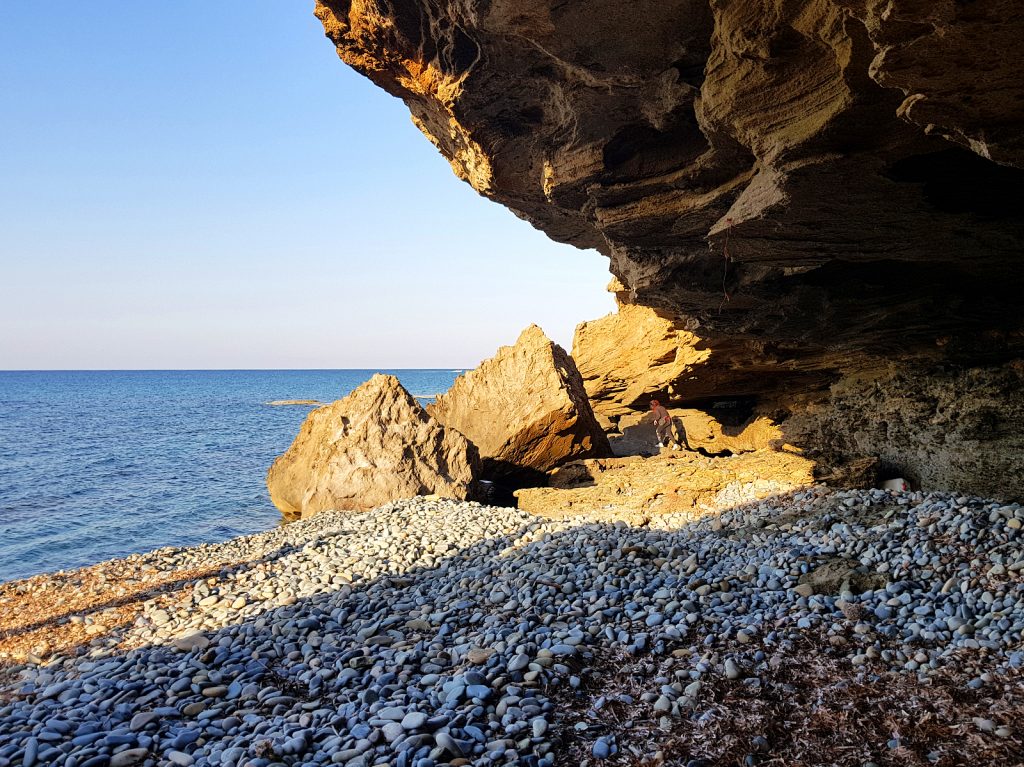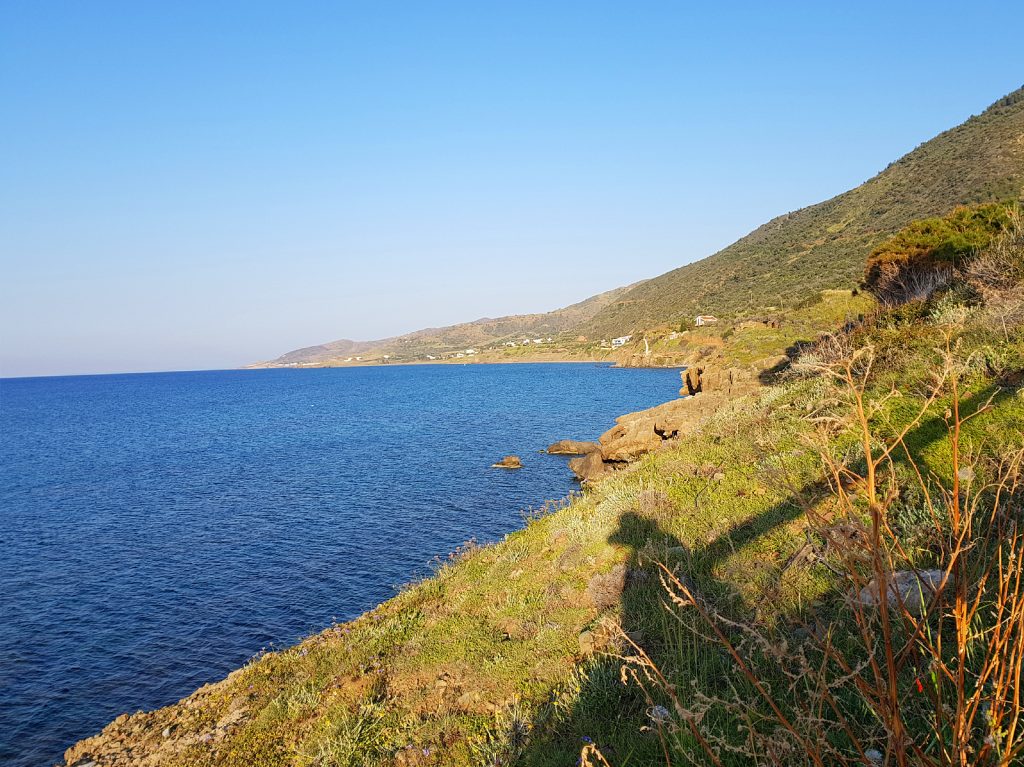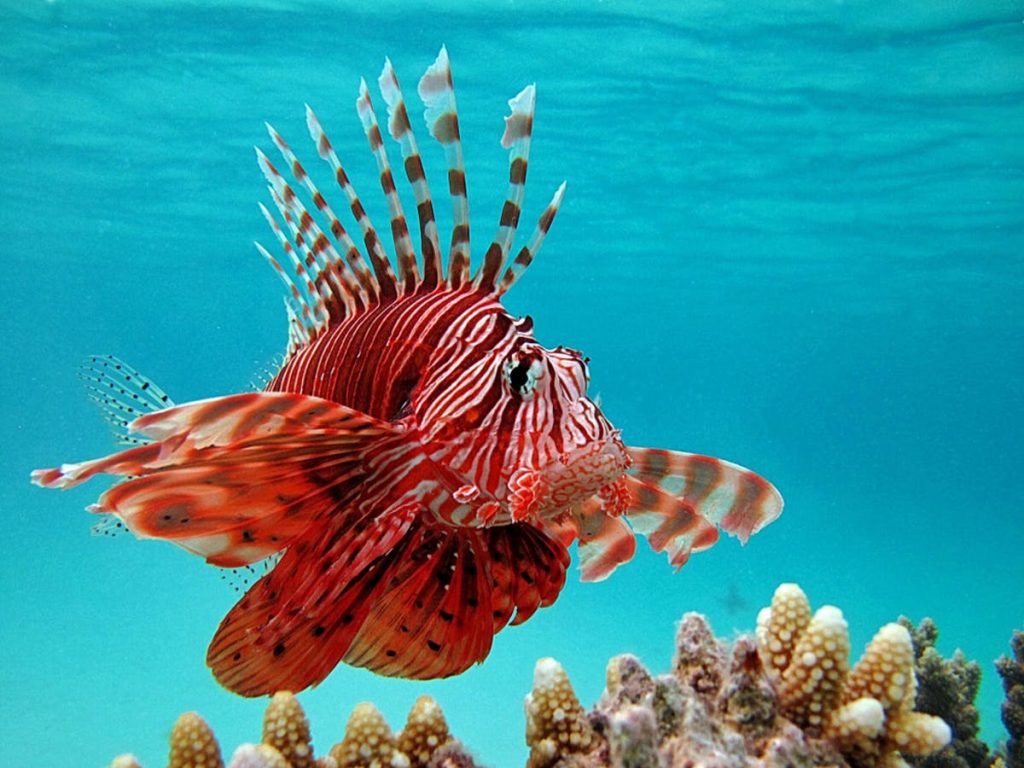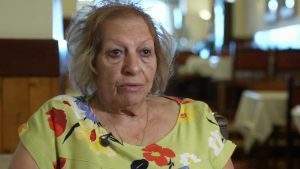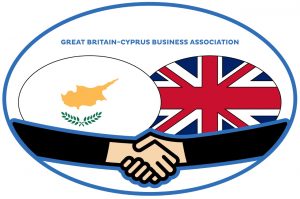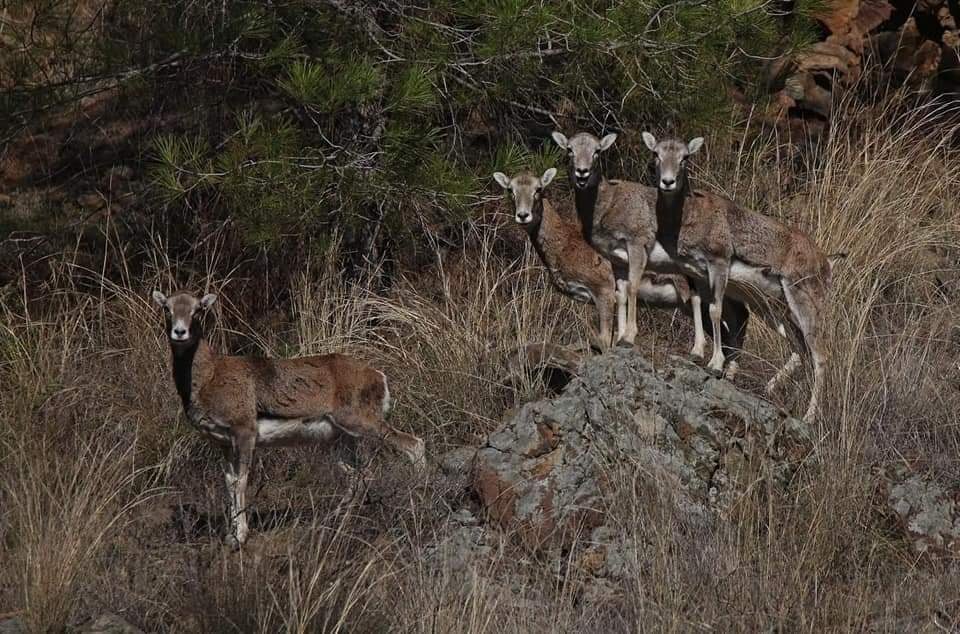
Cyprus’ mouflon population is estimated at some 3,000, the agriculture ministry said on Friday as it showcased the protected species as ‘animal of the month’ on its Facebook page and warned that though no longer in immediate danger of extinction, numerous threats remain.
These include illegal hunting, attacks from stray dogs and hunting dogs during the hunting season, transmission of disease from grazing in the same areas as sheep and goats, especially in north Cyprus, and lack of or low-quality water and food, especially in the summer.
As Haris Nicolaou writes on the ministry’s announcement, the mouflon has a nearly 10,500-year presence on the island where it flourished for centuries only to come dangerously close to extinction.
When it first reached the island, the abundance of vegetation, the absence of competitors and diseases and the absence of natural enemies formed an ideal environment. As a result, the mouflon appears to have spread pretty easily through the entire island and there are several references to a thriving population during the Greek-Roman period and during the Middle Ages when it was particularly popular for hunting by the ruling classes.
But the introduction of firearms led to a dramatic fall in its population, especially during Ottoman rule and through to 1939, Nicolaou added. Historical documents dating to 1878 suggest that its population was as low as 20 individuals in Troodos and a couple of flocks in the Paphos forest.
Changes to hunting laws in 1938 and the decision to prohibit all hunting in the Paphos forest in 1939 were to prove a lifesaver, and through concerted efforts to protect the animal through the years the population has grown.
A species of wild sheep that originated from the Asian wild sheep Ovis orientalis, the Cyprus mouflon is believed to have started its movement to the Mediterranean during the Neolithic era.
Excavations of neolithic settlements indicate it was introduced to the island by man around 8500BC either wild or domestic and as a result of the geographic isolation, adapted to the island’s special ecological conditions.
Today most of its population lives in the Paphos forest, while in recent years it has also been increasingly observed in the Troodos forest, mainly on the side bordering with Paphos forest.
The mouflon is described as a social species since it tends to form smaller or larger groups throughout the year.
The mating period usually starts in early October and lasts until late November. Females give birth after gestation of five to five and a half months to one or more rarely two baby mouflons, from early March to late May. Most births are in April.
Newborns can follow their mother into the forest from the first days of their lives, and after a few days can avoid almost any danger that threatens them. Females stay with their mother, usually for their entire lives. Young males stay with their mother for more than a year and it is quite common for someone to see a female together with the youngest of the two last generations.
Their diet varies depending on the seasons. In the summer, due to the intense drought, the mouflon supplements its diet with with bulbous plants, leaves, bushes and fruit. During this period, many are forced to leave the forest in search of food, resulting in damage to agricultural crops surrounding the forest, such as grapes, fruit and seasonal crops.


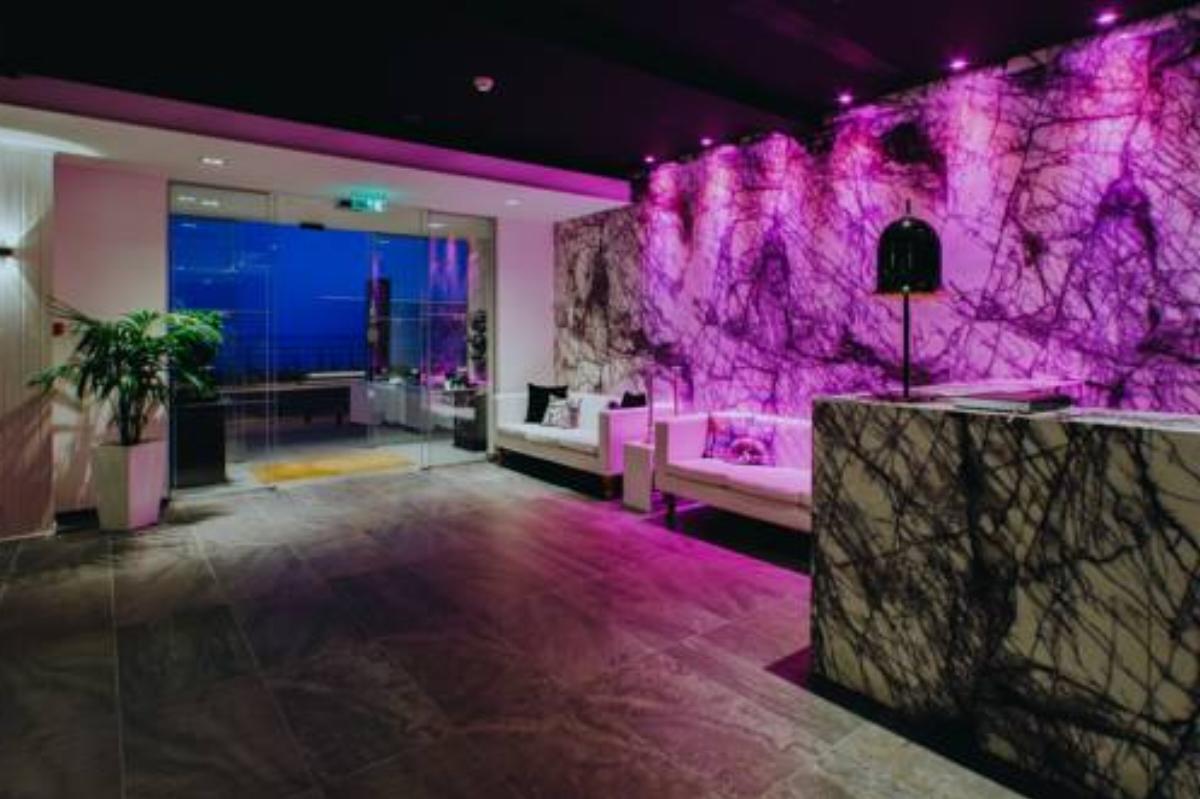
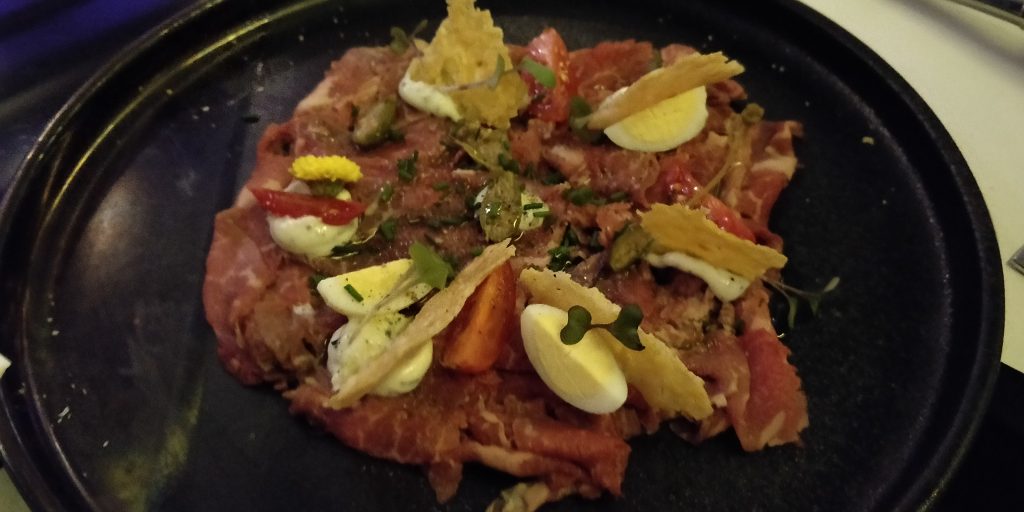
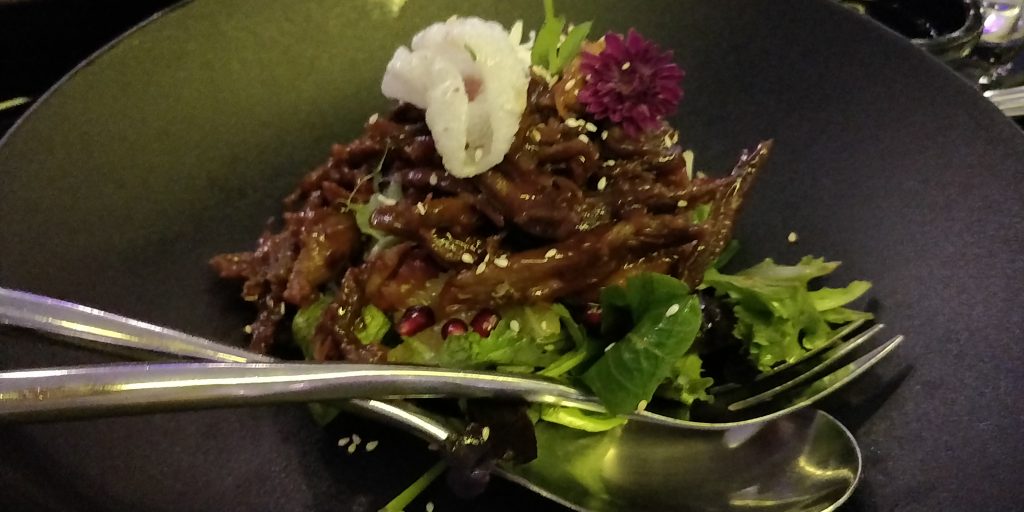
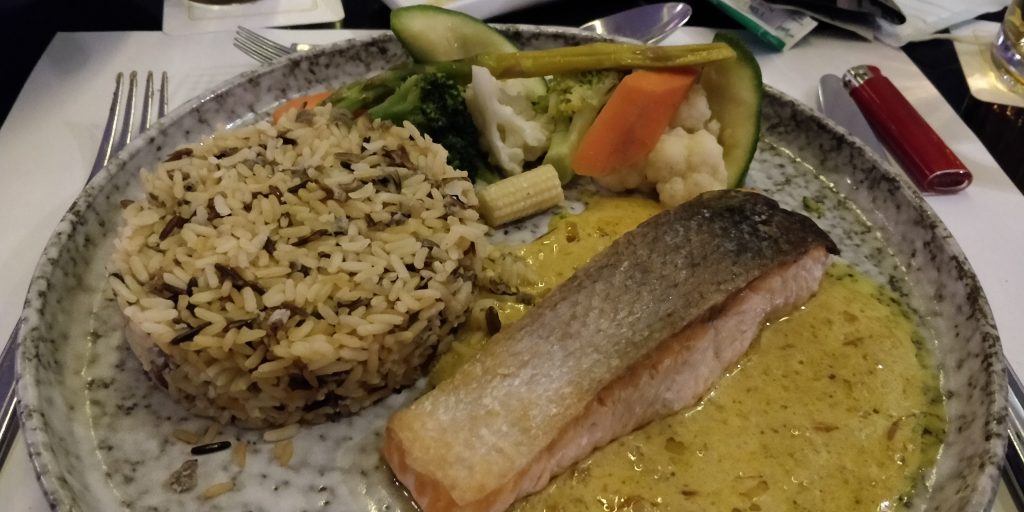
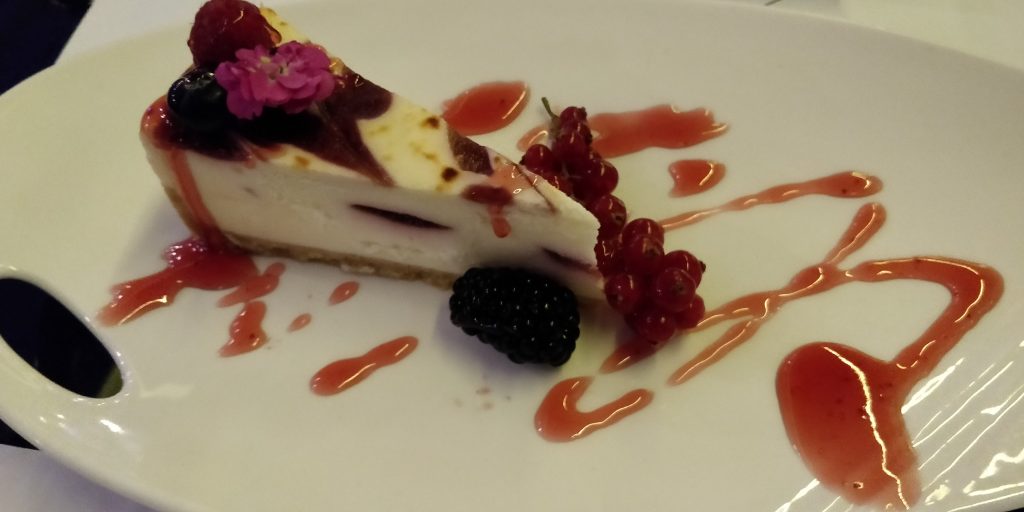
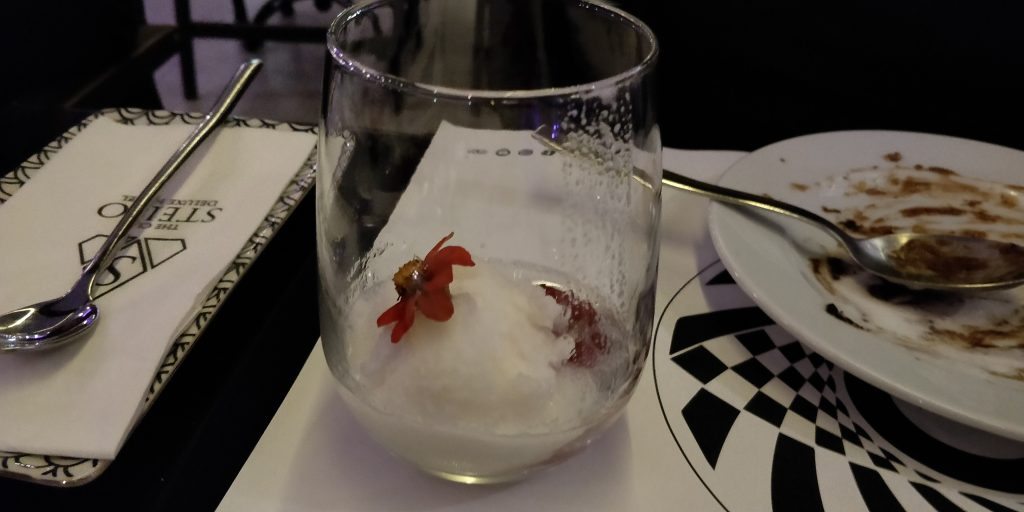
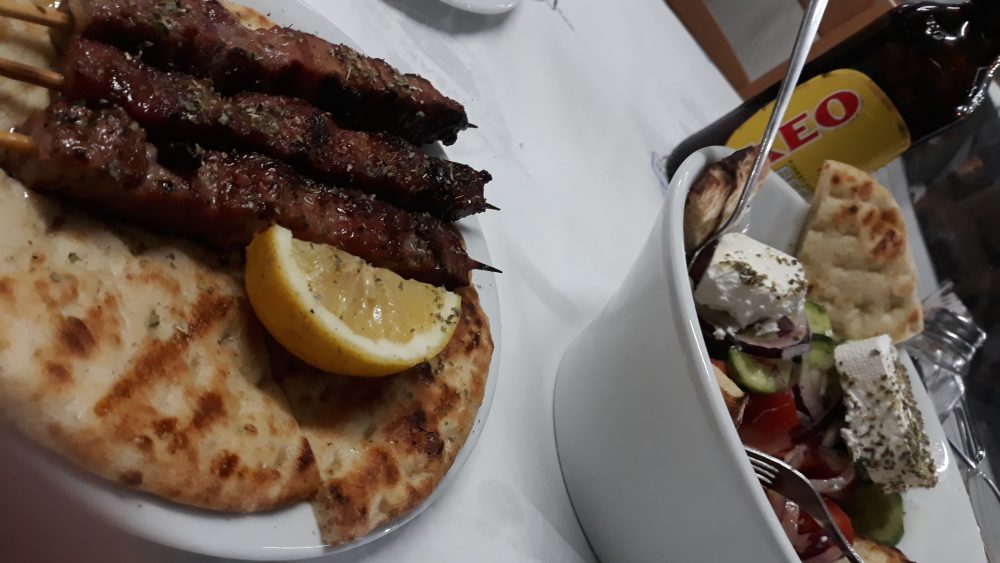
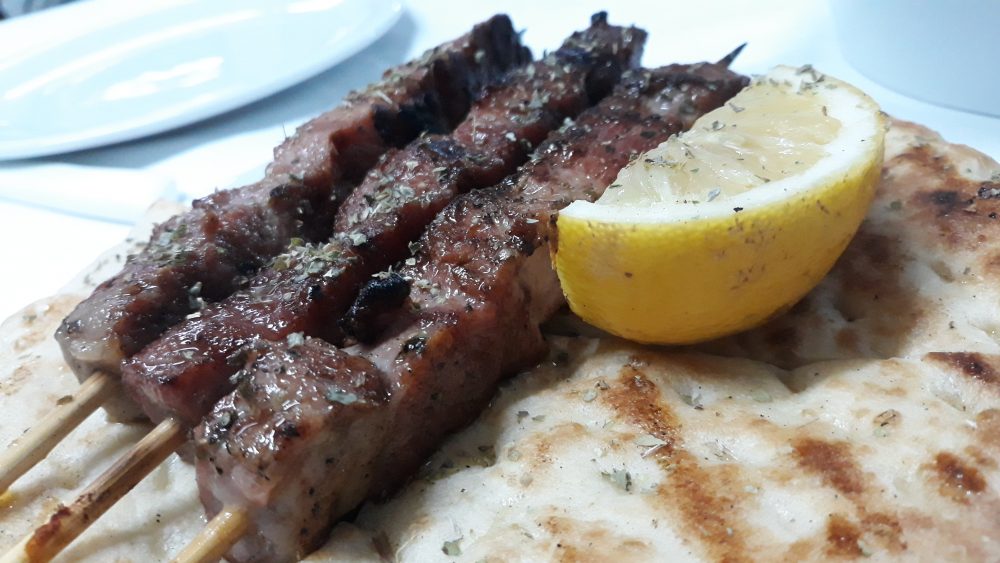
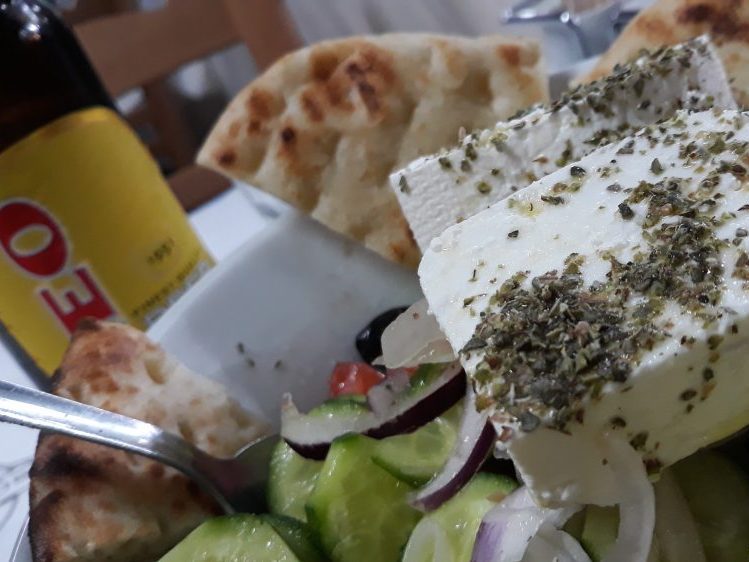
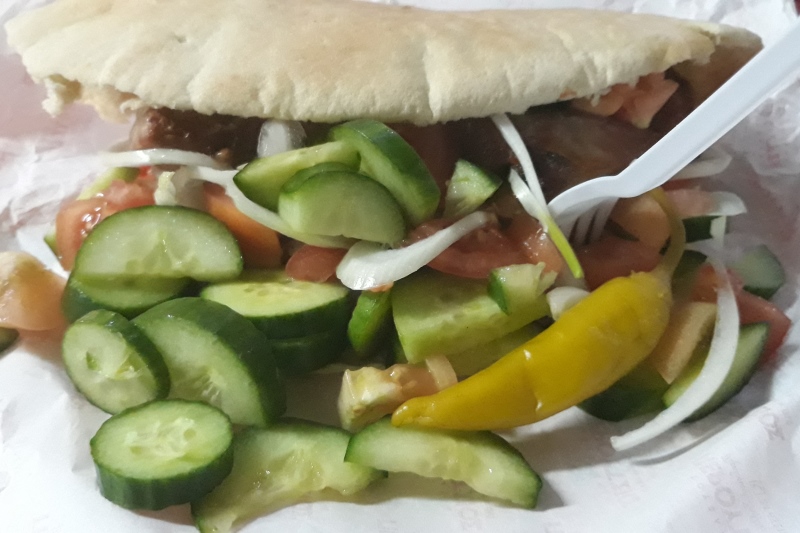
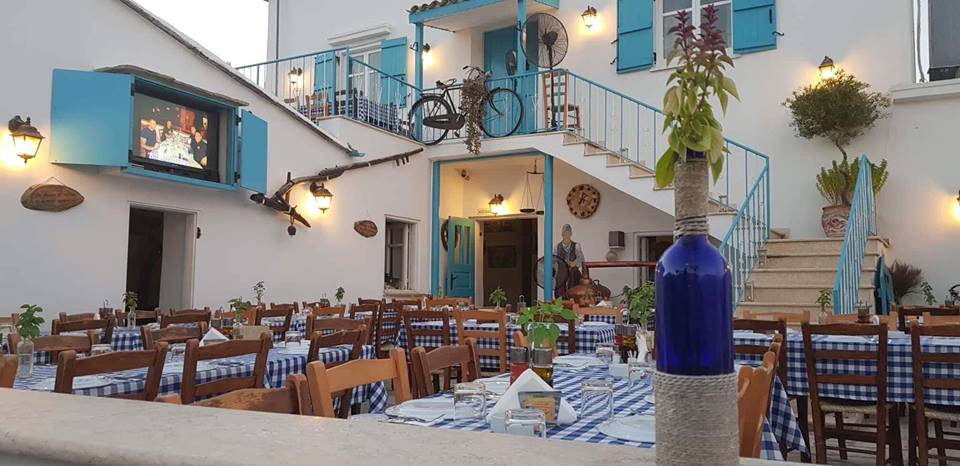

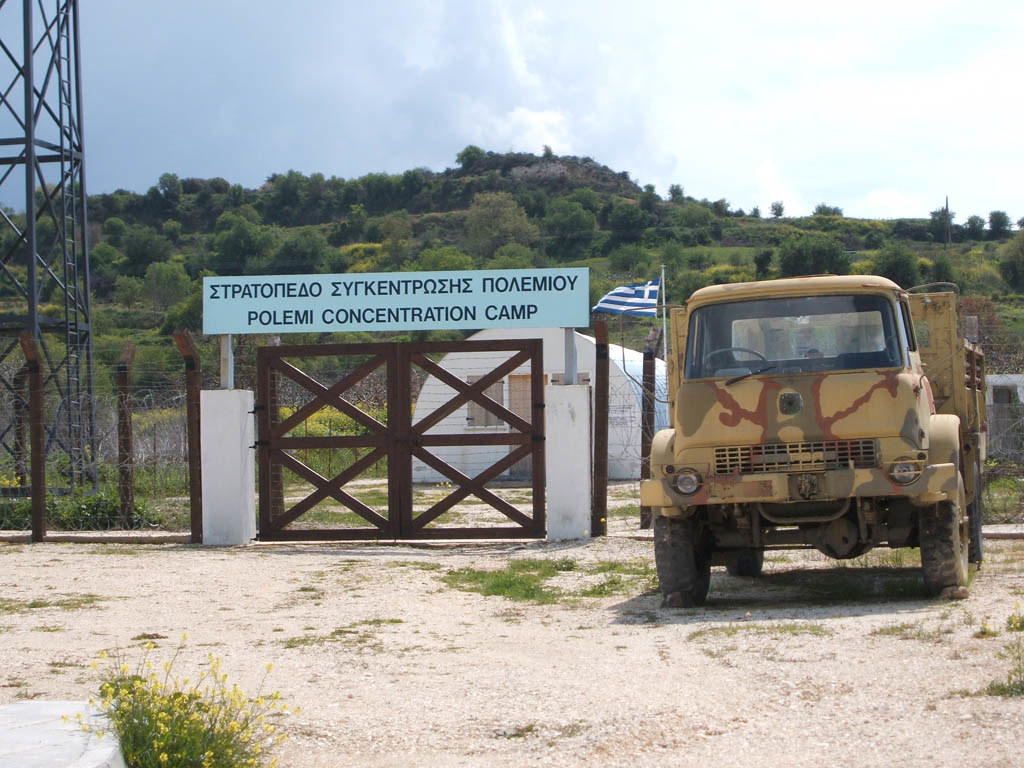
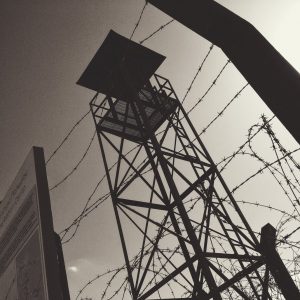 Today, little remains of the original camp, apart from the imposing guard tower, two old army vehicles, and a small tin Nissen hut housing important artefacts, including a miniature model of the camp in its original state.
Today, little remains of the original camp, apart from the imposing guard tower, two old army vehicles, and a small tin Nissen hut housing important artefacts, including a miniature model of the camp in its original state.
